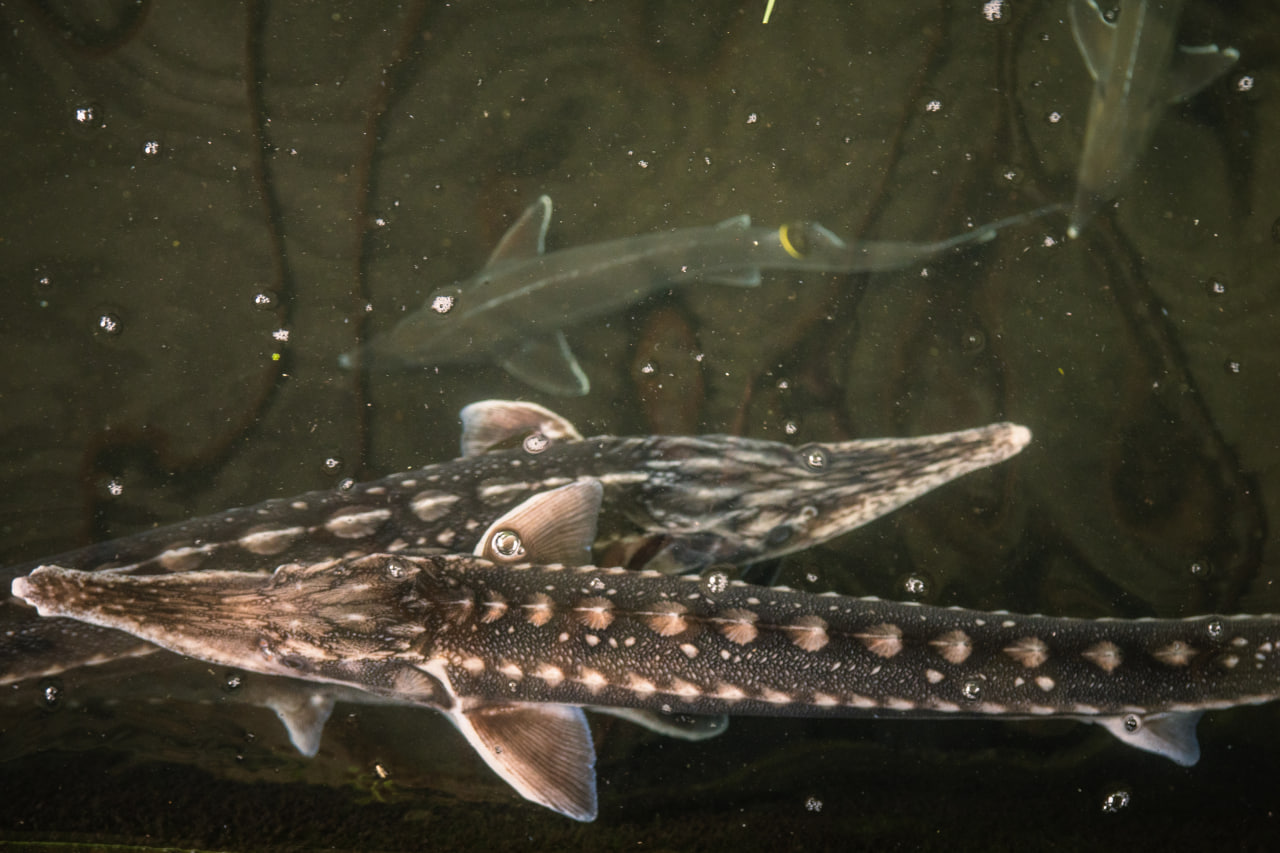Introduction
Caviar is considered one of Iran’s most valuable marine products, which has a special place in global markets. Due to severe restrictions on wild sturgeon fishing, farming these fish has become a sustainable and economical industry. In this article, we will examine the history of farmed caviar in Iran, how this industry has grown, and its place in the global market.
Sturgeon farming begins in Iran
As one of the leading countries in caviar production, Iran has long been engaged in fishing and exporting natural caviar from the Caspian Sea. But with the sharp decline in the sturgeon population in the 1990s, the Iranian government decided to consider breeding these fish as a solution to preserve natural resources and continue caviar production. The first sturgeon farm was established in 2000 by Mr. Sirous Madadi (my father).
Expanding the sturgeon farming industry
In 2010, with the passage of stricter laws to protect wild sturgeon, the sturgeon farming industry in Iran rapidly accelerated. With the establishment of numerous farms in the provinces of Gilan, Mazandaran, and Golestan, and other provinces, Iran’s farmed caviar production reached more than 10 tons per year by 2015. In 2020, this amount increased to more than 15 tons, and it was exported to the European Union, the United Kingdom, Singapore, Switzerland, Canada, South America, and the Persian Gulf countries.
Benefits of Sturgeon Farming
- Conservation of natural resources : Reducing pressure on wild sturgeon populations in the Caspian Sea.
- Sustainable economy : Creating job opportunities in different regions of the country, especially the northern provinces.
- Increasing exports : expanding target markets and increasing the country’s foreign exchange earnings.
- Quality control : Caviar production with strict health monitoring and international standards, including CITES and ISO 22000 standards.
The position of Iranian farmed caviar in the global market
Iranian farmed caviar is now exported to more than 40 countries and competes fiercely with other producing countries such as China, Russia, and European countries on quality – not quantity. In 2021, Iran exported more than 5 tons of farmed caviar to international markets, generating revenue of over $25 million. The high quality and unique taste of Iranian caviar have made domestic brands one of the main players in this industry globally.
Challenges and future prospects
Despite significant successes, the sturgeon farming industry in Iran faces challenges such as high production costs, climate change, and export restrictions. Using modern farming methods, reducing production costs, and improving export standards can increase the competitiveness of Iranian caviar in global markets.
Conclusion
The history of Iranian farmed caviar represents a major transformation in this industry, which has shifted from traditional fishing to modern farming. By continuing to accumulate knowledge and expand infrastructure, Iran can remain one of the world’s leading caviar producers and capture a greater share of the international market.




